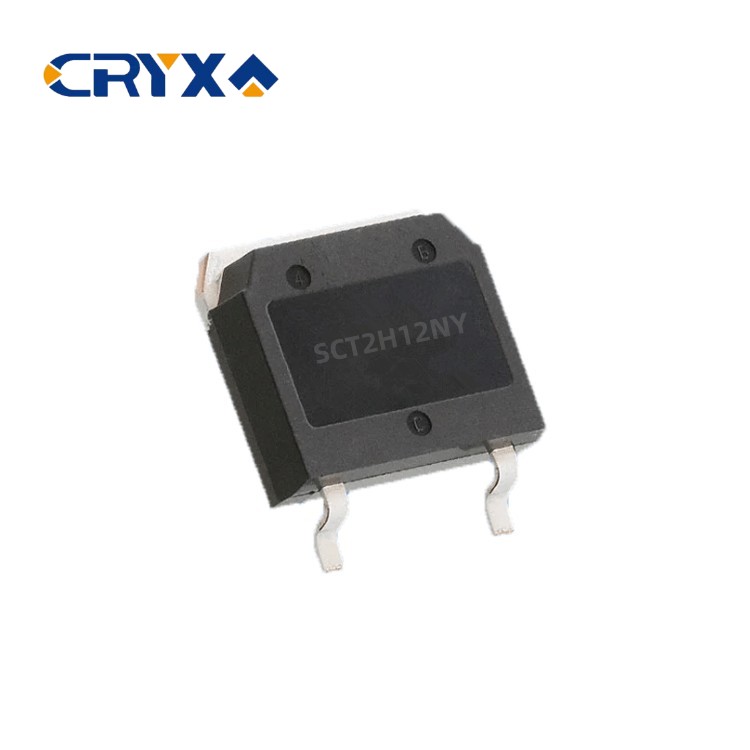Recently, Tesla announced the construction of its third factory in Shanghai - the Energy Storage Super Factory, with an initial plan of 10000 units. However, Tesla‘s long-term goal is 30TW, which is approximately 700 times the new energy storage that has been put into operation globally by the end of 2022.http://www.ic-bom.com/
SiC power devices are the key technology for Tesla‘s energy storage, so what is the impact of Tesla‘s energy storage on the SiC industry? Can we replicate the scene of Model 3 driving the progress of the SiC industry at that time?http://www.ic-bom.com/
At a recent press conference, Tesla Vice President of Powertrain, Colin Campbell, made it clear that they will apply SiC technology to energy storage products.
Campbell said, "Power devices are not only the core technology of our cars, but also the core technology of our charging stations and energy storage products.http://www.ic-bom.com/
SiC industry analysts believe that assuming Tesla‘s energy storage products all use SiC, its total demand will be many times that of Tesla‘s automotive usage.
Will Tesla‘s promotion of the SiC industry in the energy storage field be as significant as the adoption of SiC MOSFETs in Model 3 in 2018?
In fact, Fei Yan Yuan Jian analyzed the demand for SiC devices for energy storage from the perspective of "optical storage integration".http://www.ic-bom.com/
He stated that in photovoltaic MPPT circuits, 1200V SiC diodes (20A, 30A) have been widely used. With the continuous increase in component current, the demand for SiC diodes with larger currents such as 40A and 50A will also increase. In addition, many manufacturers are gradually introducing SiC MOSFETs into photovoltaic systems. Moreover, in bidirectional DC/AC and bidirectional DC/DC circuits, there is a great demand for SiC MOSFETs of 1200V and 650V. Even SiC modules will have a certain market in high-power energy storage systems in the future.
According to industry estimates, the current penetration rate of SiC power devices (mainly diodes) in the energy storage field has reached around 20%. With the decrease in the cost of SiC power devices, the penetration rate is estimated to exceed 50% in the next two years.http://www.ic-bom.com/
What are the advantages of SiC devices in energy storage applications? Why is the penetration rate of the future so fast?
Fu Yue believes that compared to silicon devices, SiC power devices have higher switching frequencies, higher withstand voltage, and more stable high-temperature performance, all of which determine that SiC power devices will be widely used in future power electronic equipment. Terminal equipment manufacturers will use SiC power devices to develop equipment systems with smaller volume, higher efficiency, simpler circuits, higher energy density, and more stable system operation.
Both in power generation testing and power consumption, reserve equipment has a demand for improving energy conversion, reducing the volume of energy storage facilities, and improving the reliability of energy storage products. Based on the excellent characteristics of SiC devices, Yang Chengjin from Senguoke and Zhu Jin from Nanoelectronics both believe that SiC devices are one of the commonly used semiconductor devices in energy storage systems, especially in energy storage DC-DC converters and inverters.
Due to the outbreak of demand for new energy vehicles, many silicon based IGBT companies have shifted their production capacity towards automotive customers, resulting in a tense situation in the supply of photovoltaic and energy storage. Some inverter companies even complain that "money cannot buy goods".
This is both an opportunity and a challenge for SiC MOSFETs.
Although the prospects are bright, there are still some obstacles that need to be cleared for SiC devices to enter the path of energy storage.
The first issue is cost. According to Yang Chengjin, the main challenge for SiC devices in the energy storage field is how to further reduce device costs, and low-cost innovation is currently the main challenge. In 2023, Senguoke will continue to use more domestic materials for device design, including diodes and MOSFETs, to improve yield through design improvements and process advancements, and further optimize the cost structure by increasing yield.
At present, SiC SBD products are gradually being used in industries such as photovoltaics, energy storage, DC charging pile modules, hydrogen fuel cell DC-DC modules, and UPS power supplies. However, due to limitations in the application of SiC MOSFETs, the main issue is reliability.
Due to the unique application scenarios in the field of energy storage, energy storage products are required to have high reliability, stability, and efficiency. Fu Yue believes that at present, the reliability and consistency of some domestic SiC MOSFETs are not high, and customer applications are still at a low level in the early stage of the industry explosion. However, he believes that with the development of technology, SiC MOSFETs will gradually enter all power subsystems in the near future.






.jpg)
